On October 11, a single ceremony opened the “Year of Faith” and recalled the 50th anniversary of the start of the Second Vatican Council. Pope Benedict urged Catholics to go back to the Council’s documents…
Green, fuchsia and red, then lots of white and gold along with the most varied colors of God’s people. There were numberless colors in St. Peter’s Square on the morning of October 11, the colors of the Church and above all the green-and-violet vestments of the bishops, the red of the cardinals, the white-and-gold of the eastern brothers’ vestments, and that mixture of colors and faces of the 20,000 faithful who attended the opening Mass of the Year of Faith. It was not a great event attended by an immense crowd in terms of numbers, yet it was a great event if we consider the Pope’s words. (It is a pity that parishes, associations and movements do not seem to have taken into proper account the solemn opening of the Year of Faith, which will make it possible to read the teachings of Vatican Council II through the eyes of a renewed faith.) In fact, the limited number of faithful attending the opening Mass seems the best illustration of the Holy Father’s words.
“The Council Fathers,” Benedict XVI said in his homily, “wished to present the faith in a meaningful way; and if they opened themselves trustingly to dialogue with the modern world, it is because they were certain of their faith, of the solid rock on which they stood. In the years following, however, many embraced uncritically the dominant mentality, placing in doubt the very foundations of the deposit of faith, which they sadly no longer felt able to accept as truths.”
Obviously it is not easy to bring together a huge crowd on the morning of a week day when people are at work or at school. But I am thinking of students, those of Catholic schools. Why did they not leave their classrooms with their teachers and the religious and meet the Pope in St. Peter’s Square to be reminded that faith is the foundation of every truth?
And so the “spiritual desert” that the Pope also referred to in his homily has spread not only to the secularized world, but even to parishes and ecclesiastical movements which offer so much to believers and non-believers alike.
The (false) idea seems to have spread that the celebration of the Eucharist is not the center of the Christian life and of life itself; that people should go to Mass on their own, almost secretly; that there are other equally good occasions for Catholic believers to meet and profess their faith.
Vatican II in its entirety is still to be discovered for those who were not there when it took place, but also for many who just caught a glimpse of it.
As Benedict XVI has pointed out, the Council was “a moment of extraordinary expectation. Great things were about to happen. In the past, Councils had been summoned about a particular question which had to be dealt with. This time there was no particular problem to solve. Yet, precisely for this reason, a sense of general expectation hovered in the air. Christianity, which had built and formed the Western world, seemed more and more to be losing its power to shape society. It appeared weary and it looked as though the future would be determined by other spiritual forces.”
This text was written by the Pope as an introduction to the volumes featuring Joseph Ratzinger’s writings on the Council, Zur Lehre des Zweiten Vatikanischen Konzils. These two volumes have been edited by Archbishop Gerhard Ludwig Müller.
As Benedict XVI points out: “The sense of the Church’s loss of the present and its inability to cope with the task following on from that was well summed up in the word aggiornamento (‘updating’).”
Christianity must be in the present if it is to shape the future. John XXIII had summoned the Council without indicating any specific problems or programs for it, apart from Christianity becoming a force able again to shape the future. This was the greatness and at the same time the difficulty of the task confronting the Council Fathers.
This difficulty appears even greater nowadays because the depositum fidei, which Vatican Council II never questioned, seems to have been lost. This is probably the biggest misunderstanding of the post-Council period. A change in method was not to involve a change in content. Yet the opposite took place: attempts were made to change the basics, while the method remained basically the same, clericalism sometimes taking the form of Third Worldism or of traditionalism. Maybe this is why too many Catholics have forgotten that the sacraments are the center of the Christian life, and not meetings, congresses or school holiday camps.
John Paul II, who proclaimed the Gospel in all the countries he visited, indicated the remedy for decades, but he was misunderstood to a great extent. Today Benedict XVI re-proposes this remedy, inviting Catholics to re-read the Council’s documents sine glossa, i.e., without commentary.


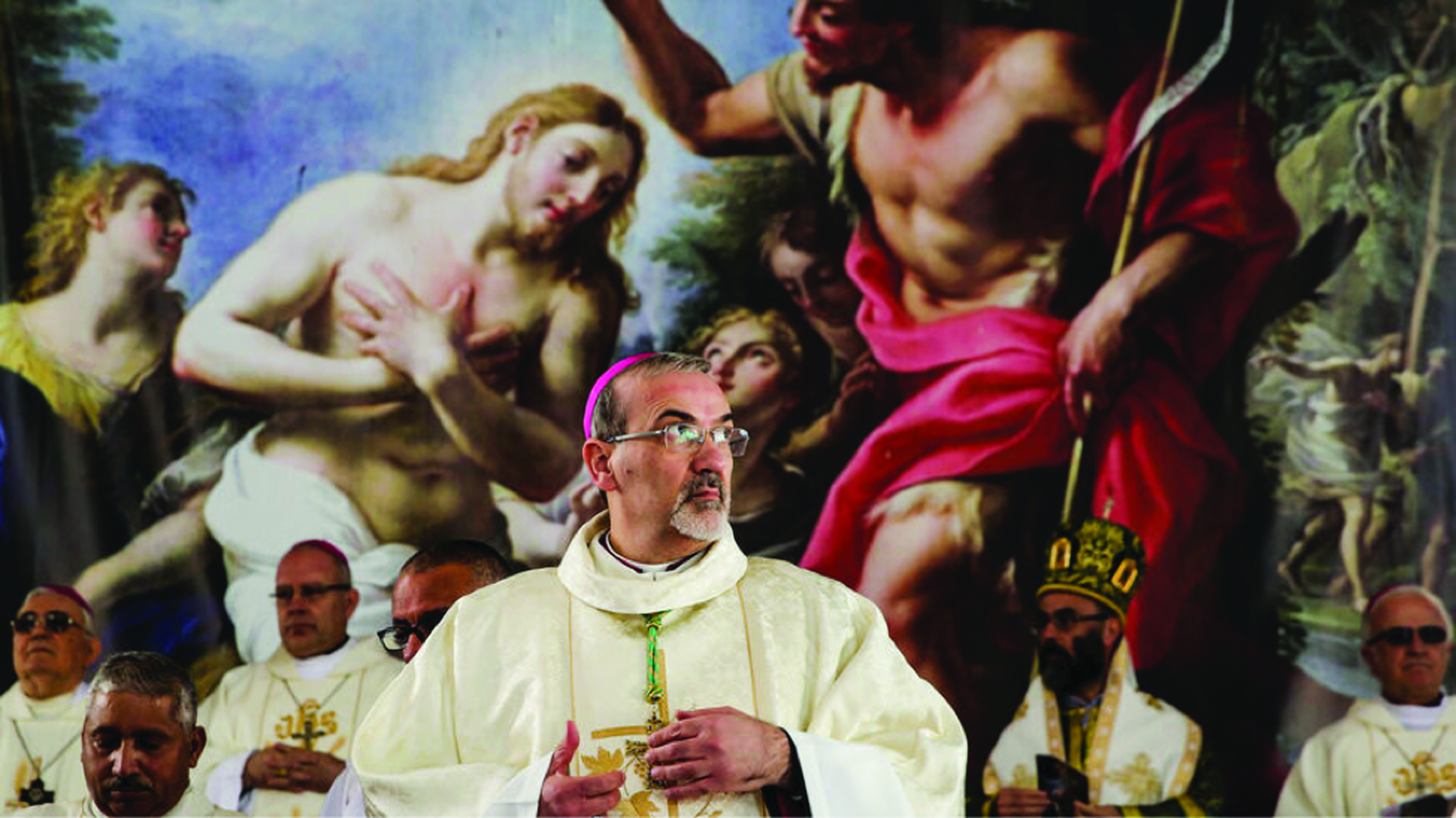
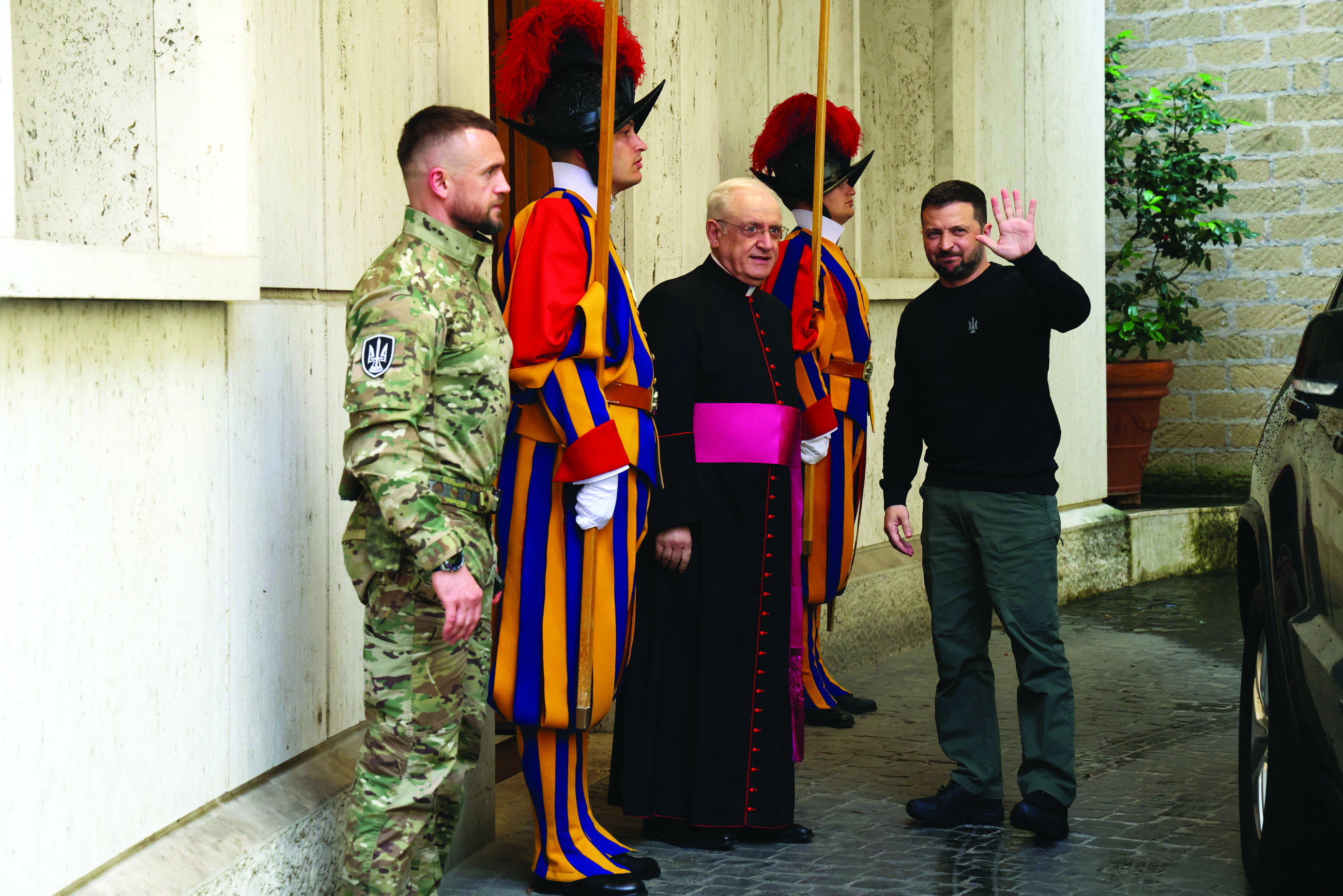
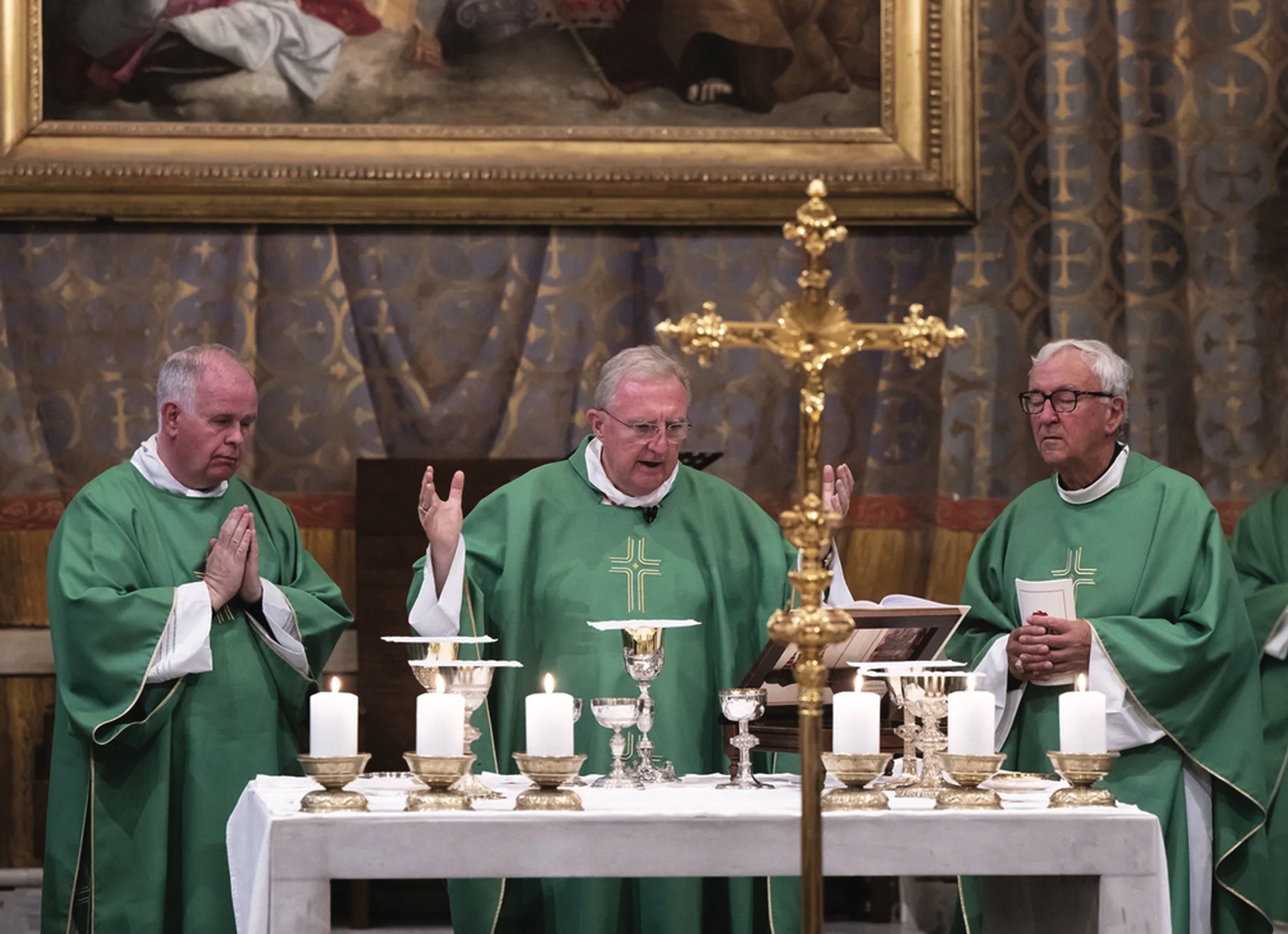
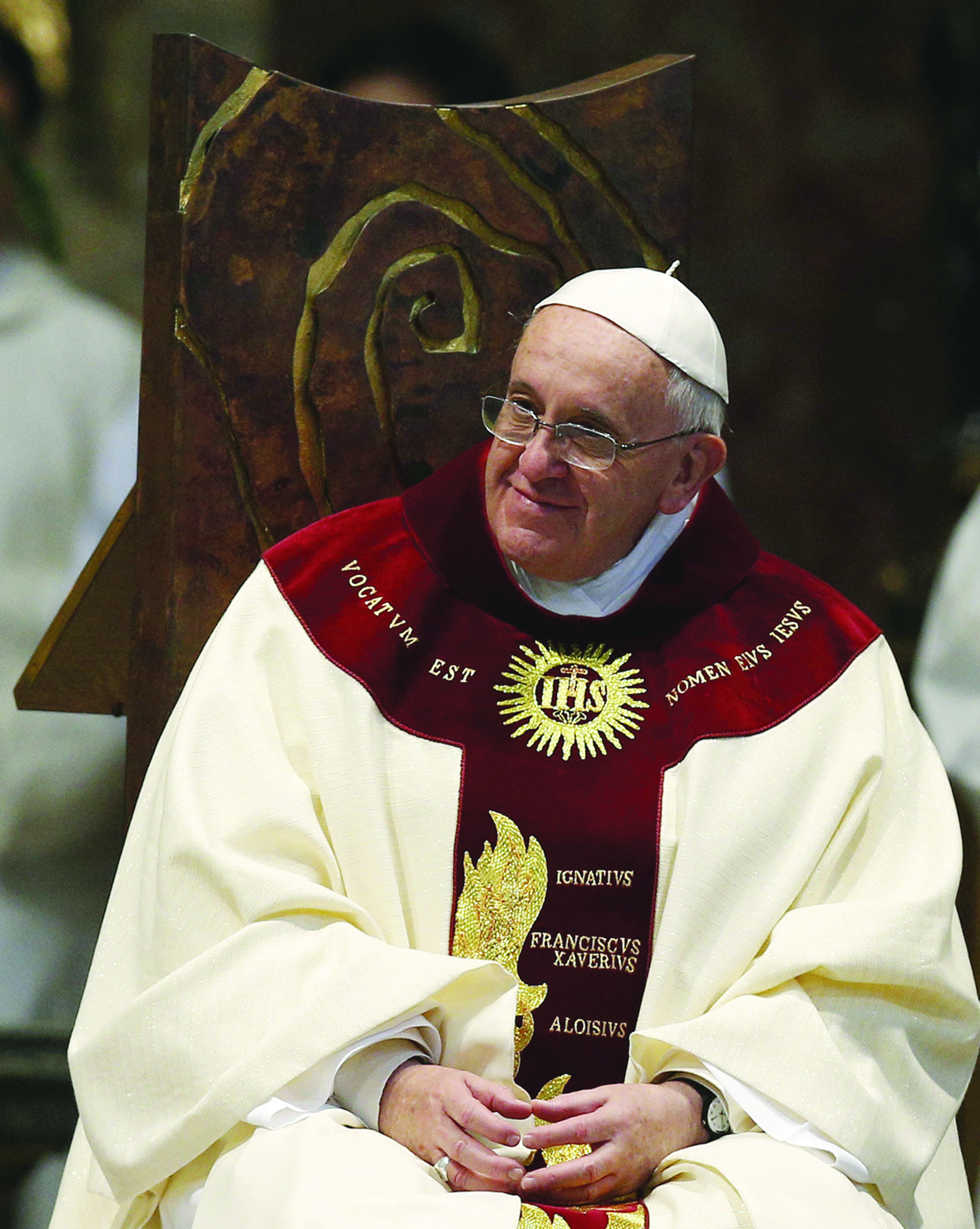
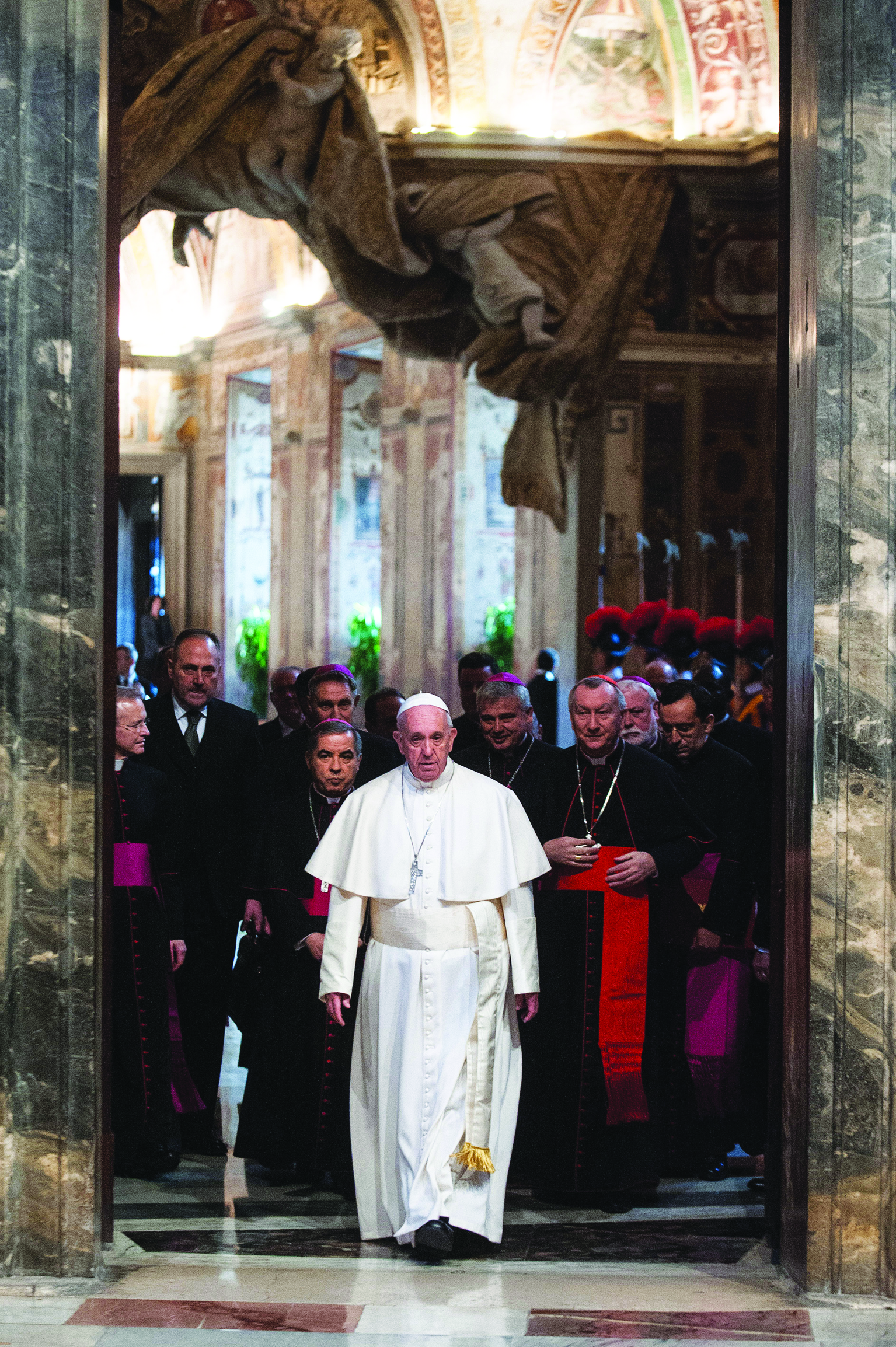
Facebook Comments